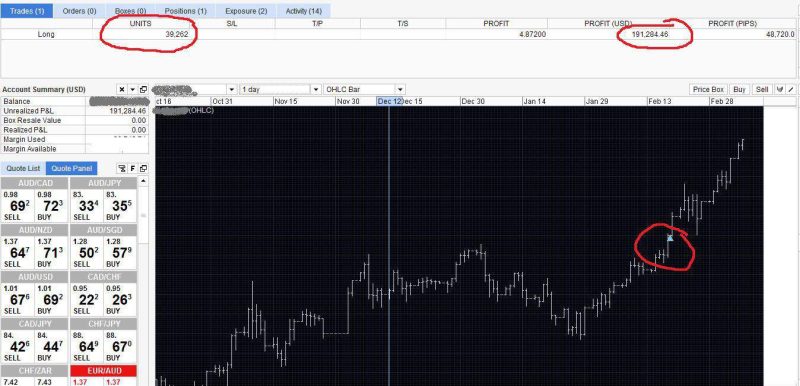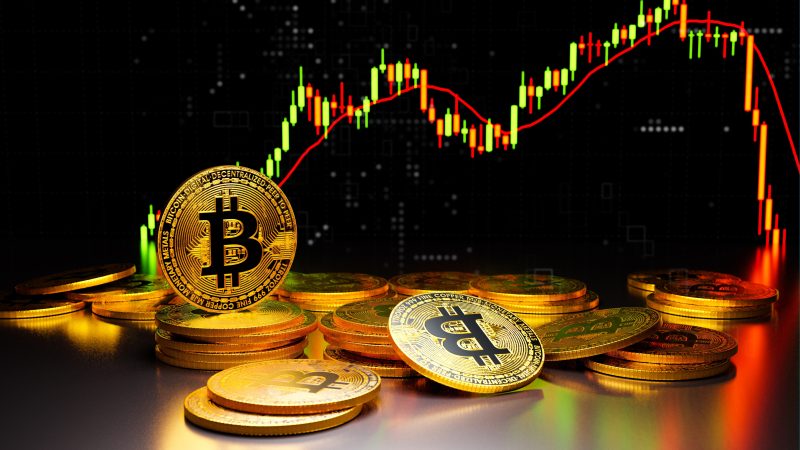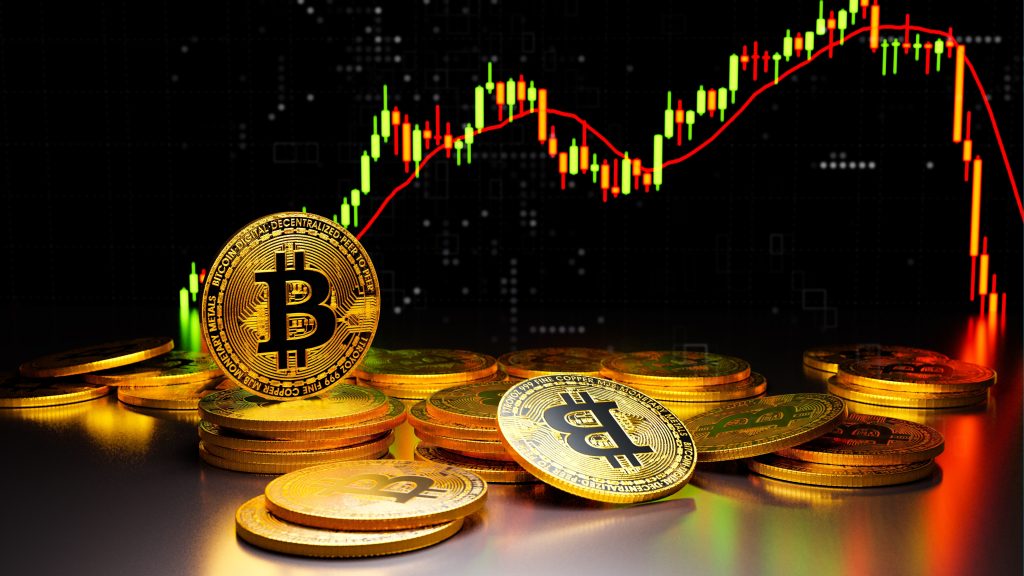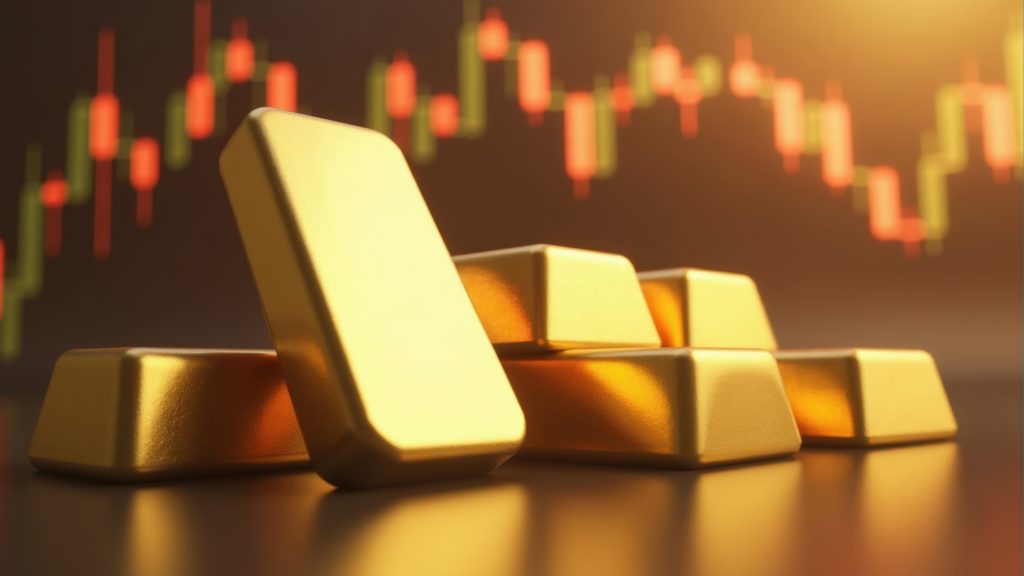
A throwback is frequently caused by short-term profit-taking after a breakout. Day traders and other short-term traders may be watching a resistance level; when the class appears to be breaking, they buy in, fueling the price higher. Short-term traders begin to sell after the price has risen to lock in their profit. It causes the cost to return to the breakout level.
Read through this interactive guide to learn what is a throwback trading strategy and how it helps make precise buy-sell decisions in online trading.
Also Read: What is Spot Trading and How To Trade Spot Markets?
Contents
- What Is a Throwback?
- What Does A Throwback Tell You?
- What Is the Throwback Rule?
- Limitations of Throwback Strategy
- Bottom Line
- Key Takeaways
- FAQs
What Is a Throwback?
In terms of technical analysis, throwback refers to a price retracement toward a breakout point after moving through a resistance zone. Resistance is an area where the price stalls or encounters obstacles moving through the past. Once the price manages to move through that level, it is called a breakout. Not all breakouts are followed by a throwback, but some are. A throwback is a move back toward the prior resistance level. When a throwback continues below a breakout or resistance, we call it a false breakout.
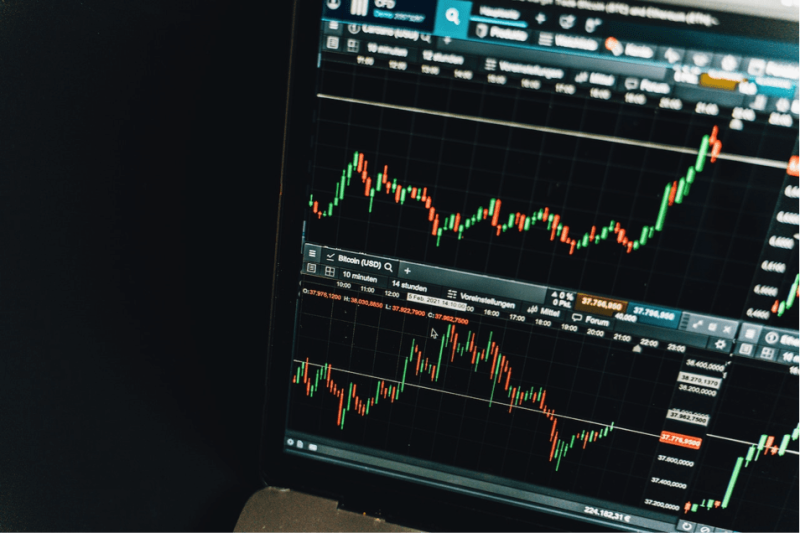
What Does A Throwback Tell You?
Following a breakout above resistance, a throwback is the downward movement or retracement which occurs following the upward thrust in price. The term throwback is typically reserved for the first move back toward the broken resistance level following the breakout.
A throwback is often generated by short-term profit taking following the breakout. Day traders and other short-term trader may be watching a resistance level; when the level looks like it will break they buy in as well, helping to fuel the price higher. After the price has moved up, the short-term traders start to sell to lock in their profit. This pushes the price back toward the breakout level.
The selling may result in the price being pushed all the way back to the breakout point, or even slightly below. When the price continues moving higher following the retracement, the move can be considered a throwback. If the price retraces to the breakout point and then keeps dropping, that is called a false breakout. Traders will watch volume to help determine if a throwback is likely to be followed by a move back to the upside (the breakout direction) or a false breakout.
A breakout on high volume carries a higher probability of success, meaning the price is more likely to continue moving higher following a throwback. Throwback with lower volume also helps indicate that the sellers are getting weaker and the price is likely to continue higher after the formation of a throwback. Although, nothing in trading is certain. If the price exceeds a level with a lower volume, the breakout movement is likely to fail. The throwback following the breakout is likely to continue, with the price falling back under the breakout level forming a false breakout.
Novice traders will often panic and sell when a throwback occurs, even though the breakout occurred on increasing volume indicating the throwback as a temporary pullback before continuing to move higher. That said, traders should determine a selling point or a stop loss area where they will exit if the breakout does indeed turn out to be false.
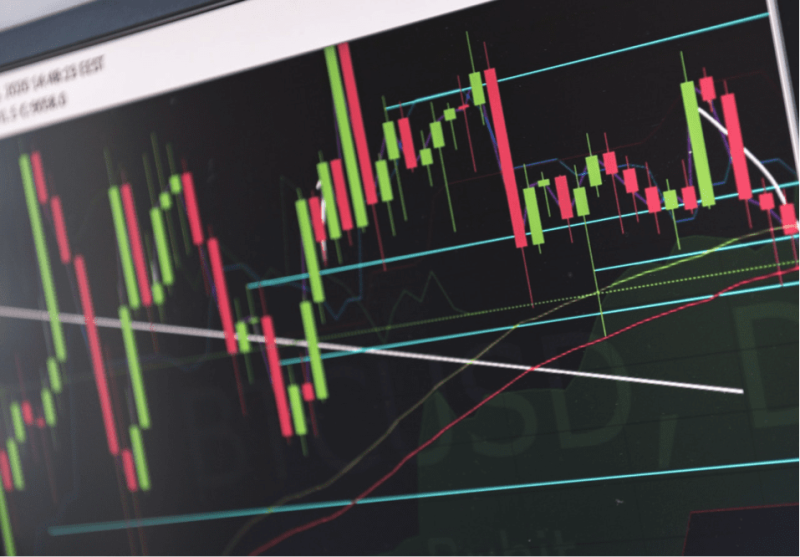
What Is the Throwback Rule?
The “throwback rule” refers to a statute where states can adopt and use to ensure corporations pay their entire state income taxes on from their profits. State that levies a tax on profit need to evaluate each company’s business inside its borders, how much of the company’s profits it can tax.
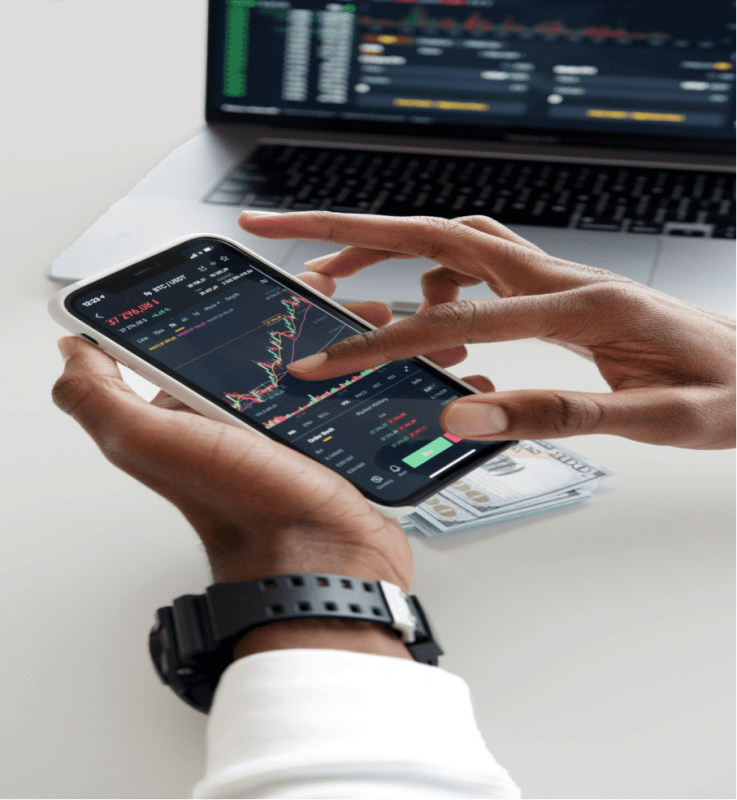
Traditional state allocation or distribution calculations for corporate taxes use a formula that takes into account the locations of a company's assets, employees, and sales. These equations provide “nowhere income,” or revenue that a firm does not have to pay taxes on in any state. The flashback rule is intended to close this tax gap and reduce corporate tax evasion.
Throwback within Price Trend
Price movements leading to this breakout indicate the market is throwing back. If the price closes more than three times in consecutive days before a breakout, the price climbs may make a return trip less likely.
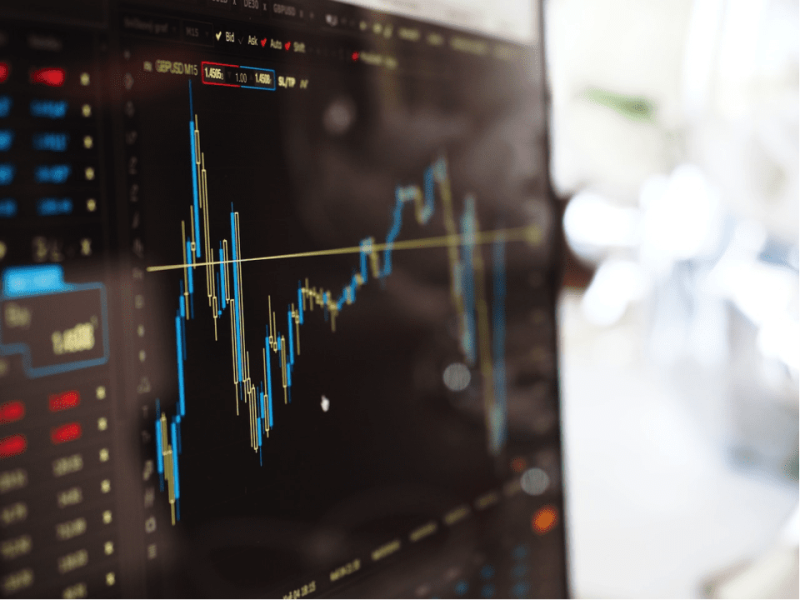
Throwback within Regular Breakout Price Trend
A breakout with a higher trading volume is more likely to succeed, implying that the price drop will continue to rise following a pull. Lower volume on the Throwback also indicates that selling is weak and that the price moves are likely to increase further after the Throwback.
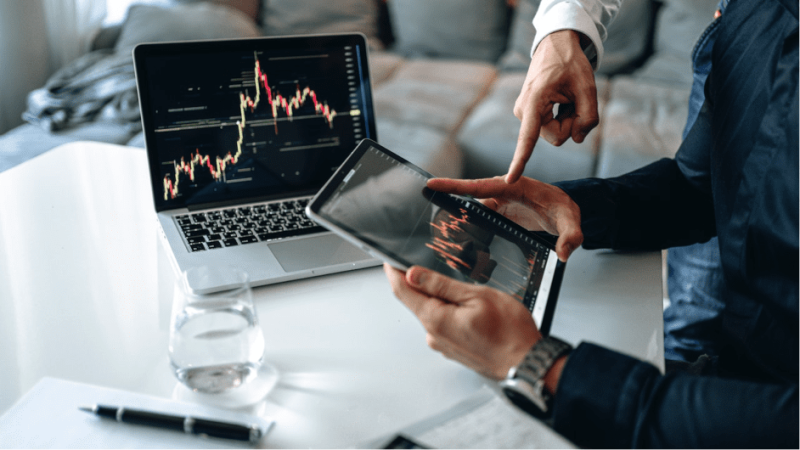
However, nothing is certain in trading. If the volume on a breakout is low, the breakout is more likely to fail. The price will likely fall below the breakout point, resulting in a false breakout, as the Throwback following the breakout continues.
Even if the breakout of unusually high volume indicates that the Throwback was likely a temporary retracement before a further move, novice traders frequently panic and sell when a throwback occurs. However, if the breakout proves false, traders should have a selling point or stop loss where they can exit.
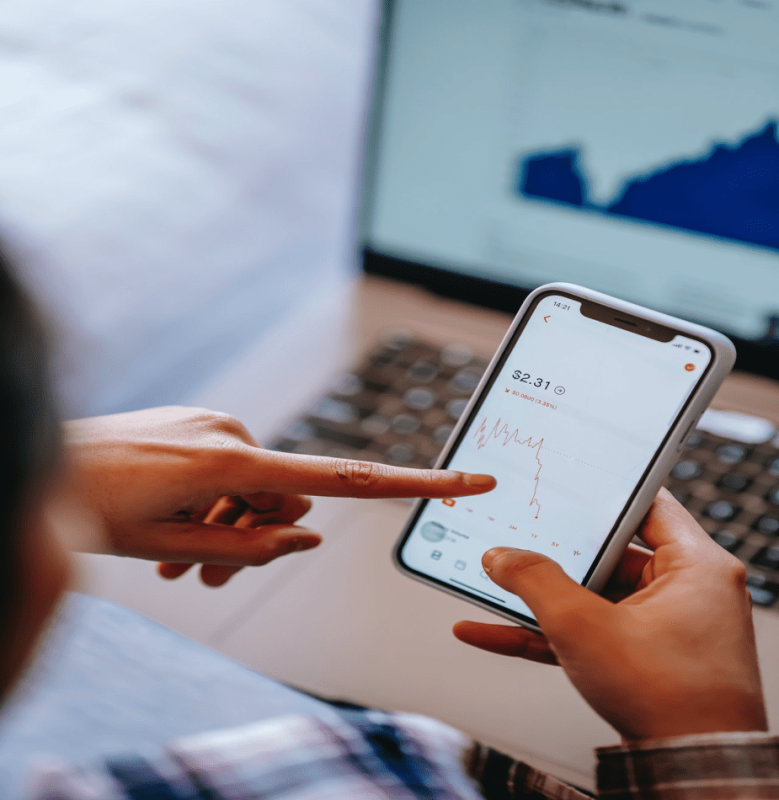
Throwback Above Average Volume Breakout
On average, a high volume breakout (above the 30-day average) throws back 70% of the time.
Throwback over average volume is 8% between the breakout price and the Throwback's peak. However, a frequency distribution reveals that most of these volumes surge between 4% and 10%.
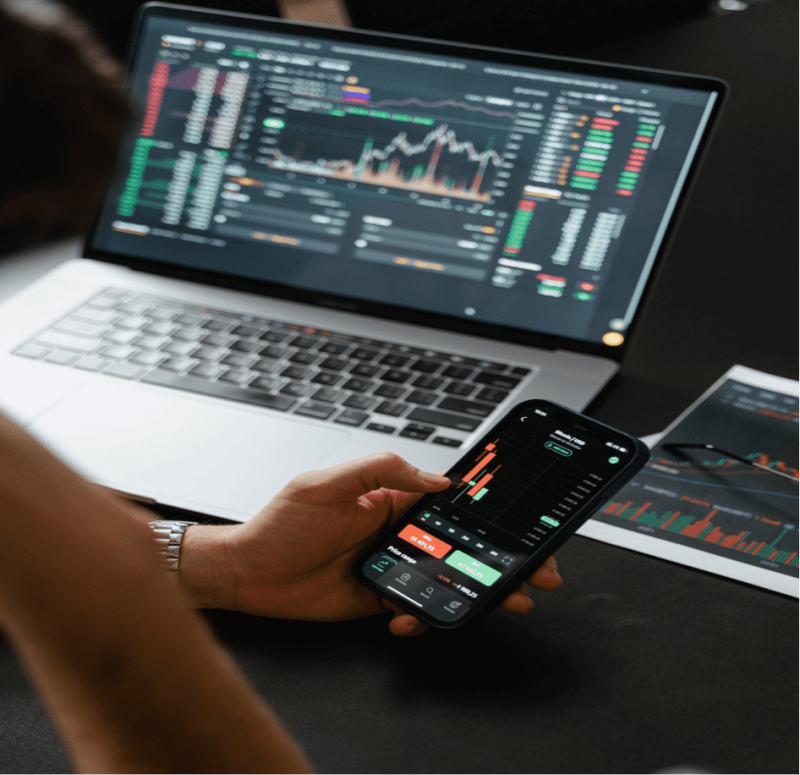
From the day of the breakout to the day the price returns, it takes the price an average of 10 days to make the round trip back to the breakout.
Also Read: What is Pullback Trading?
Limitations of Throwback Strategy
Price action, known as a flashback, might occur after a breakout. Some traders can have issues when they try to trade it.
Throwbacks that arise after a high volume breakout are not usually indicative of a price increase once they are finished. If a throwback is followed by a false break, purchasing on the breakout price or Throwback could be costly.
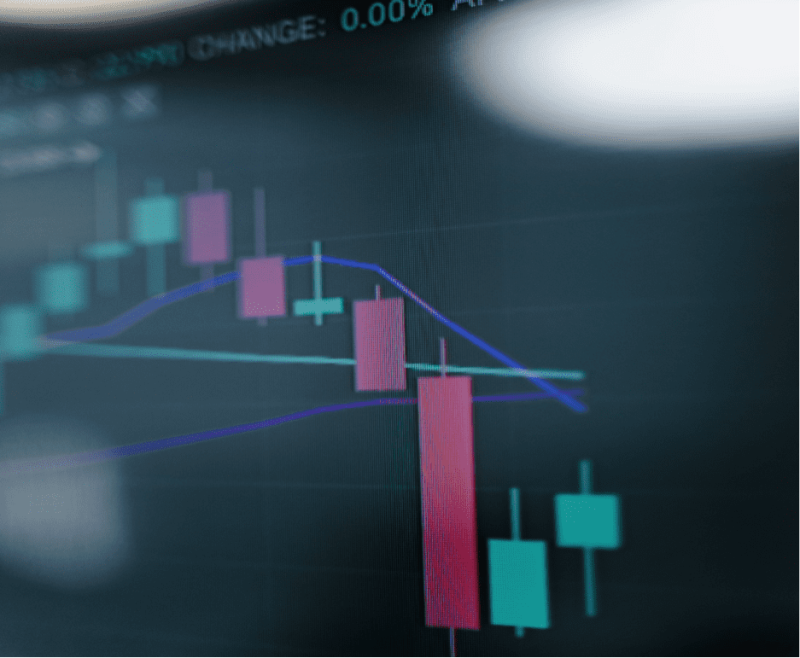
If the initial breakout price trade was missed, a throwback could present an opening to enter a short position. Several traders favor this entrance. However, if the price doesn't flashback or if it doesn't Throwback far enough toward the opposition level to alert the trader into a trade, there is a risk of also missing this second entry good chance.
Bottom Line
Throwback refers to a phenomenon that describes a phony price candle movement or makes a brief correction and sustains the upward trend. The term “Throwback” in the process of technical analysis used on the Forex market and the stock market refers to a situation where the price candle manages to rise through a certain resistance level or area and then turns down in a limited area towards the overhead resistance level that has become a support level. After Throwback finished, the price bounced back to continue the initial uptrend. Throwback describes the opposite of a pullback in analyzing price pattern approaches and price action.
Key Takeaways
- A throwback is the retracement that occurs follow a breakout of resistance.
- The throwback may be followed by a continued move higher. Or, if the price continues to drop below the breakout point then the breakout may have failed.
- A throwback may provide a second entry opportunity if the initial breakout trade was missed. Some traders prefer buying on the throwback.
FAQs
What are pullback and Throwback?
One theory states that a pullback occurs when the price briefly breaks a downward support line. In this instance, the support turns into resistance after the price reverses. Throwbacks occur when a price breaks through resistance and then reverses course.
What is the 3.75 rule in trading?
It's simple to measure how many days or hours it has happened. Next, look for a downward movement in the three, five, or seventh bars.
What is the difference between pullback and retracement?
A pullback is when assets temporarily slow down a trend—generally used in conjunction with “return” and “consolidation. ” However, it shouldn't be confused with reverses as these moves are permanent actions to counter the trend.





